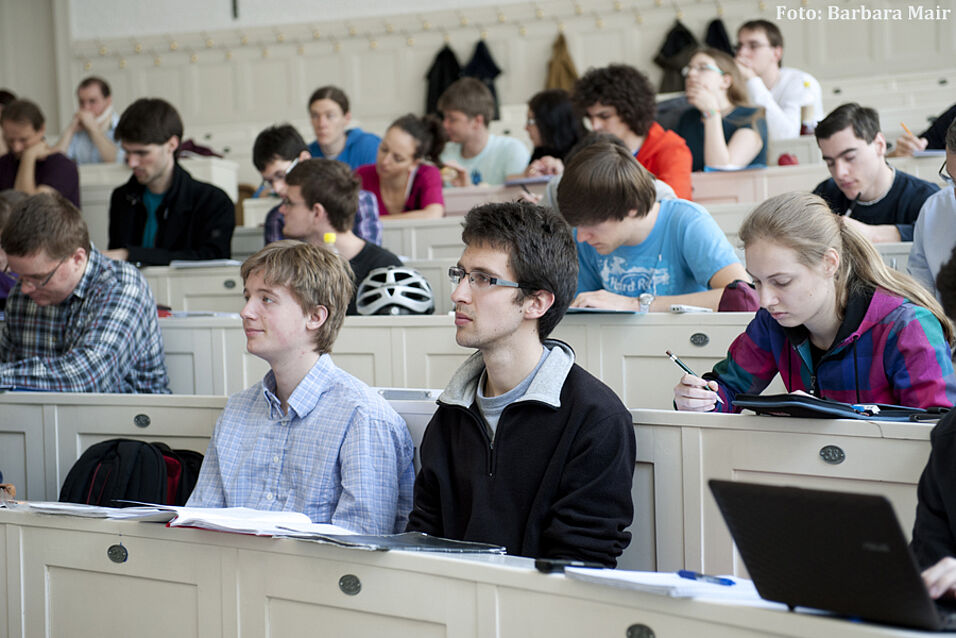Ab initio modeling of materials and heterostructures has become a pillar of solid state research: with ever-increasing computational power, simulations are used to accurately predict electronic and mechanical properties of tailored heterostructures, chemical reaction rates, or transport and optical properties of entire nanodevices. Many competing quantum mechanical methods have been developed over the years with varying computational cost, accuracy, and scalability: density functional theory, the workhorse of solid-state electronic structure calculations, features a good compromise between accuracy and speed. If higher accuracy is needed, many-electron wavefunction methods aim for a very accurate treatment of many-body effects. Unfortunately, the associated computational cost renders treatment of more than a handful of heavy atoms challenging. On the other side of the accuracy spectrum, parametrized approaches like tight-binding can treat millions of atoms. In view of the different (dis-)advantages of each method, the simulation of complex systems seems to require a suitable multi-scale approach, combining different levels of theory at different scales.
I review my recent contributions to electronic structure theory at different length and accuracy scales. I discuss embedding methods that allow for combining different levels of theory in a single calculation, and large-scale tight-binding techniques to describe entire nanodevices, as well as corresponding application cases.
Im Rahmen des Vortrages findet eine Lehrprobe zum Thema „The quantum harmonic oscillator“ statt.

